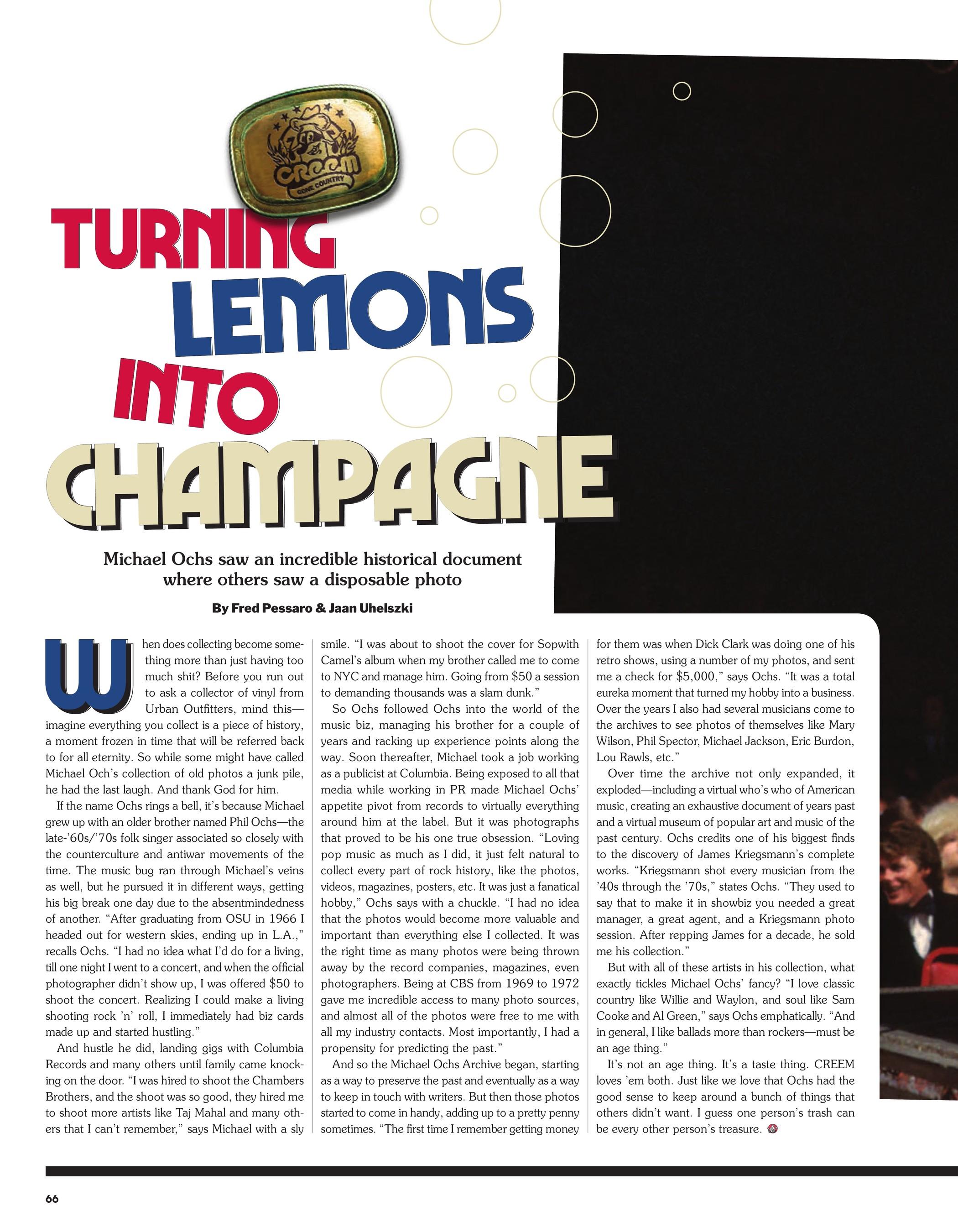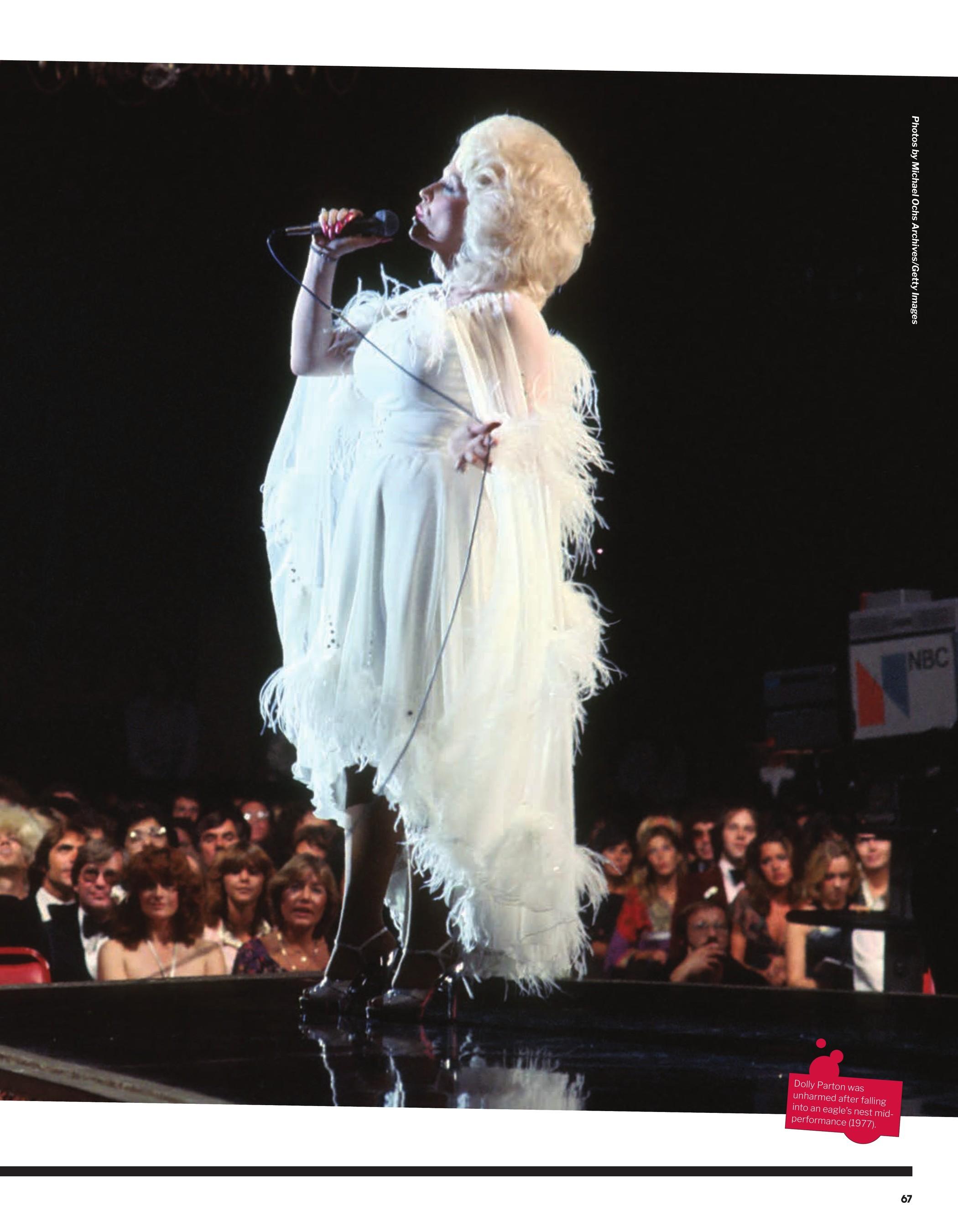TURNING LEMONS INTO CHAMPAGNE
Michael Ochs saw an incredible historical document where others saw a disposable photo
September 1, 2024


When does collecting become something more than just having too much shit? Before you run out to ask a collector of vinyl from Urban Outfitters, mind this— imagine everything you collect is a piece of history, a moment frozen in time that will be referred back to for all eternity. So while some might have called Michael Och’s collection of old photos a junk pile, he had the last laugh. And thank God for him.

